“Not even one Canon camera in that list,” said the readers right after we published the Emmy 2023 Camera Chart, showing zero Canon cameras used to shoot this year’s Emmy cinematography nominees. Although Canon is pretty much popular in the docu arena, why is it so weak in the narrative world? Does Canon need to pivot its strategy regarding Cinema EOS in order to attract more DP to use its cameras in narrative productions?
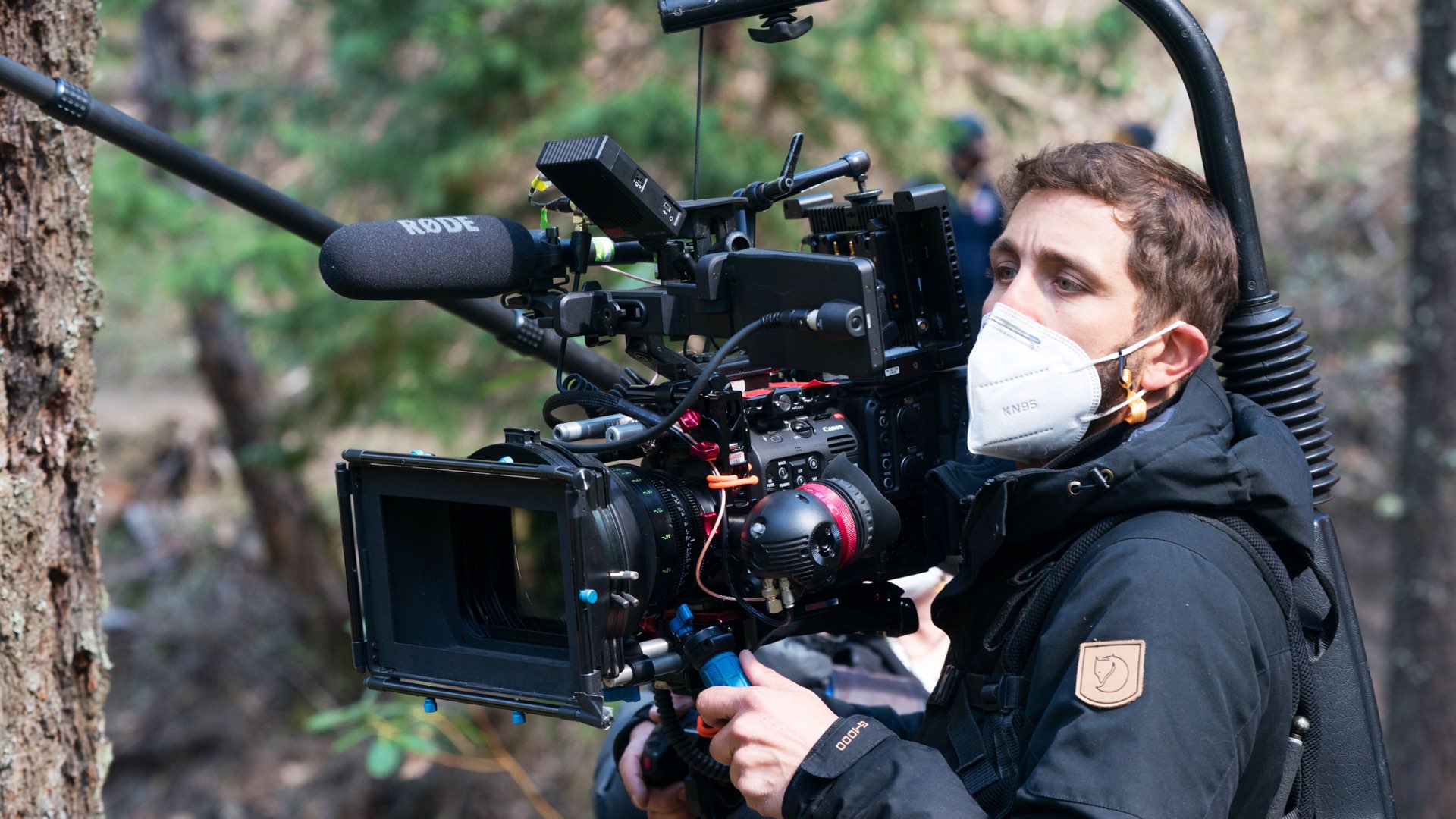
Getting out of the ‘Wedding Camera’ definition
For years Canon has been establishing a solid pick among wedding filmmakers as their weapon of choice on their projects. Canon always did a good job at developing cameras that almost perfect hybridization between still and video, exactly what wedding videographers want and need. Moreover, Magic Lantern has opened up the options for cinematographers who wish to utilize large sensors for raw imagery. The Magic Lantern showed the hidden potential of Canon DSLRs. Fast forward, Canon has released new Cinema EOS cameras that offer wedding videographers the best of the two worlds. For instance, the shift from video to stills implemented on the EOS R5 C. Indeed, cameras like R5, R5 C, and R3 have been extensively used to shoot weddings. That made Canon cameras to be defined as ‘wedding cameras’ Nevertheless, this definition has faded out since the introduction of advanced Panasonic LUMIX and Sony Alpha models.

Firm choice for documentary filmmakers
Another area that Canon is good at, is documentary filmmaking. That kind of filmmaker just loves the Cinema EOS form factor, reliability, and credibility. Almost all Cinema EOS models are considered workhorses. These factors are essential for shooting in a harsh environment. Furthermore, the imagery looks decent, and in most cases, is more than enough in docu projects. Furthermore, those beasts perform beautifully when paired with the excellent Canon glass. However, top camera manufacturers have been focused on adapting their cameras for docs missions, arming them with Super 35 sensors inside cinema bodies. Hence, Canon’s faces a tough competition in the docu arena as well.

Emmys 2023: Zero Canon cameras
A few days ago, we published the Emmys 2023 Camera Chart, showing all the cameras that shot the projects nominated for the cinematography awards. The list contains Sony (VENICE, FX6, FX9), ARRI (65, LF), RED Digital Cinema (DSMC3 and DSMC2), Blackmagic (URSA 12K), and even Kinefinity (MAVO Edge S35). However, not even one Canon camera in that list. Canon cameras are absent from other lists as well (Oscars, Golden Globe, and more). Thus, the question that needs to be asked, is why? What are the reasons that DPs don’t use Canon on high-end commercials and narrative projects? Is it the color science? The raw workflow? The unsexiest of the products? Even the most high-end model which is the C700 has failed to gain traction among DPs. A few years ago, Shane Hurlbut ASC was recognized as the senior DP who chose Canon’s Cinema EOS and DSLRs for mega Hollywood projects. Since then, even Hurlbut has switched to RED DSMC2 bodies.

Other film contests: Canon stays behind but wins in documentaries
When examining other film contests and awards, it clearly shows that Canon has a big problem. For instance, we’ve created more than 20 camera charts. Most of the charts show zero percent of Canon cameras. In two charts (2019 Netflix Original TV shows, and Sundance 2020 narratives), there was a very small percentage of Canon cameras, which were mainly the C300 Mark II and C500. On the contrary, Canon won big time as the dominant camera at the Sundance 2021 and 2023 Documentaries (C300 Mark II, and C300). But again: it fails big time on narratives. Explore the charts below:
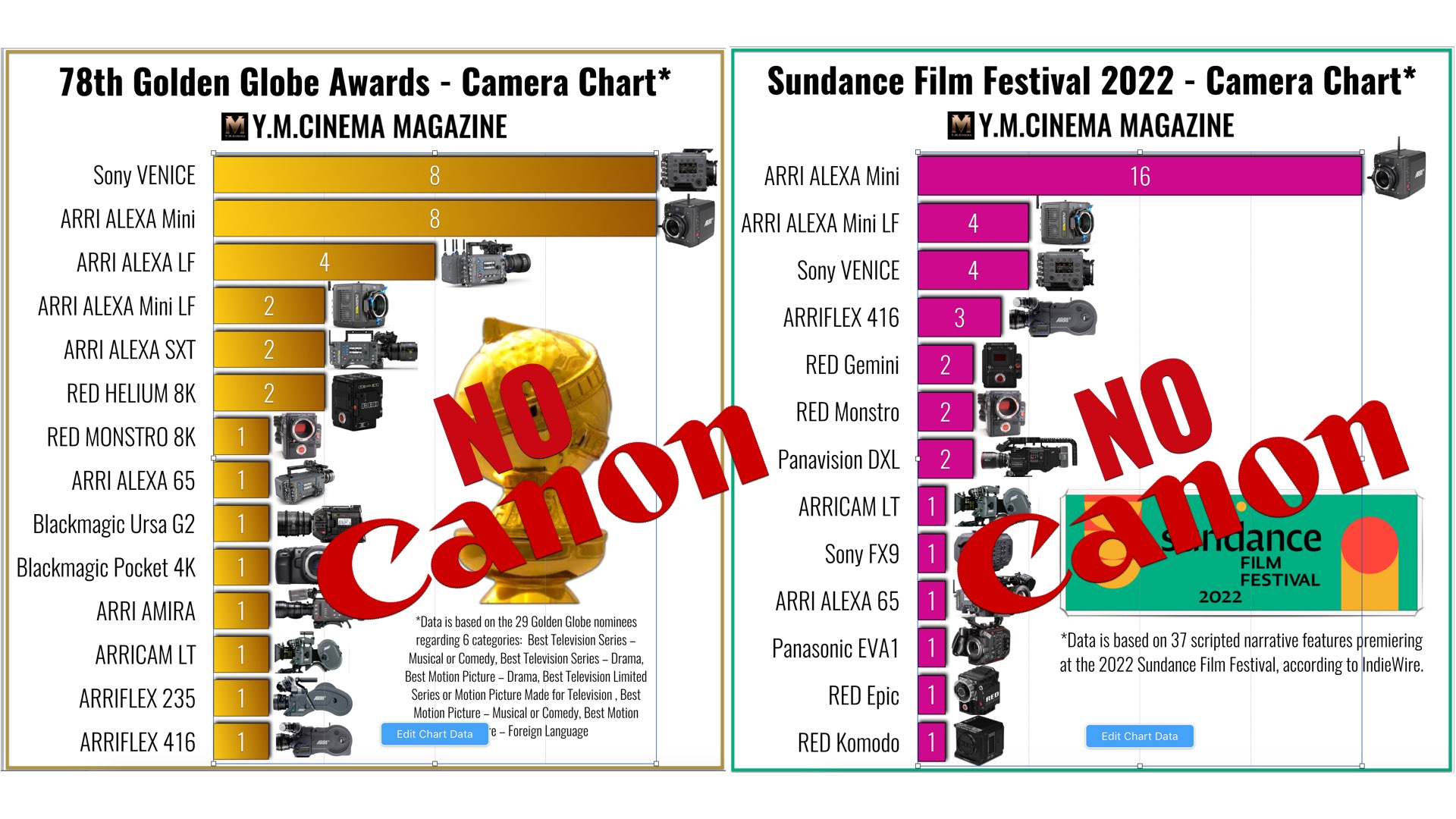



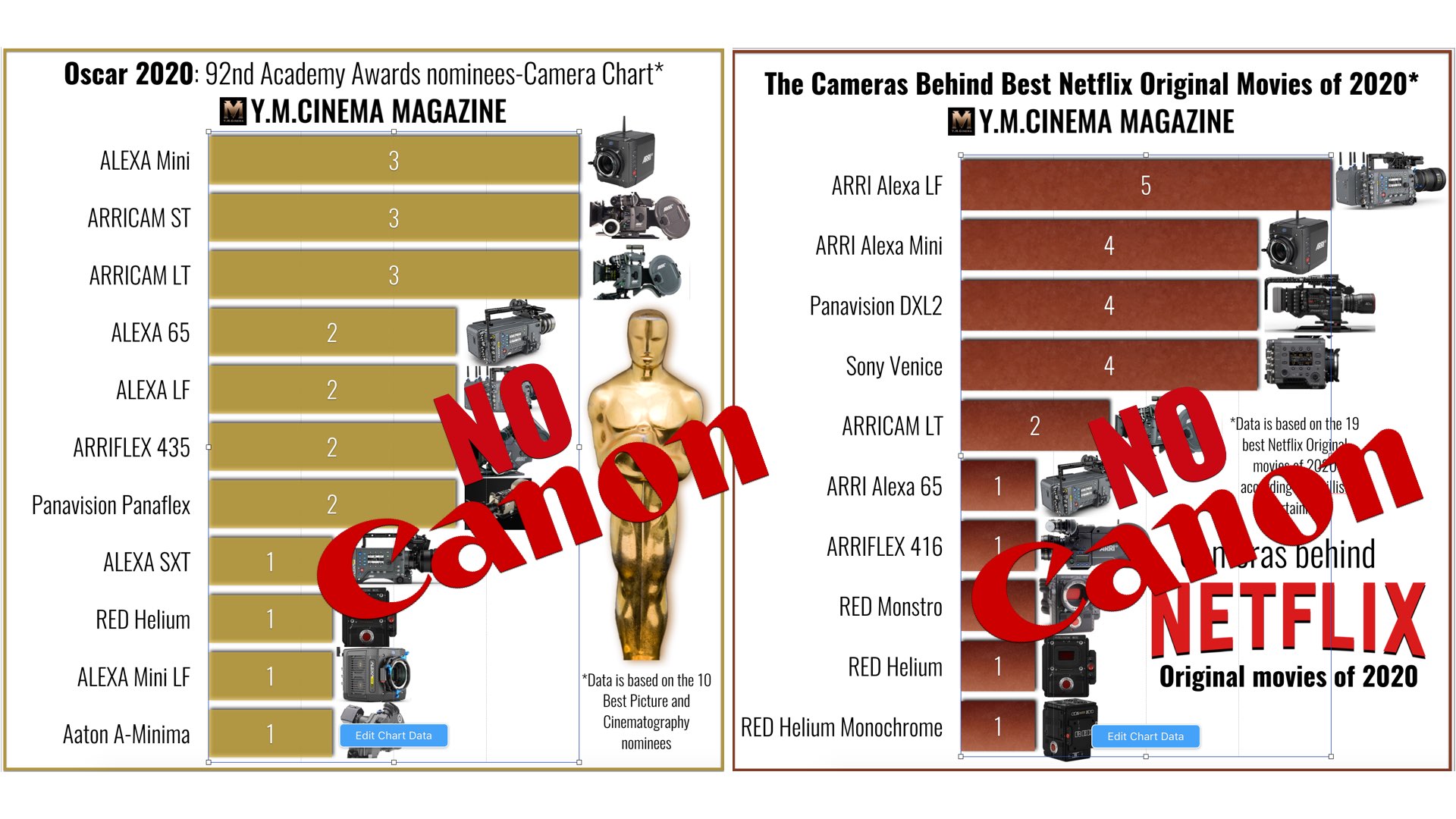


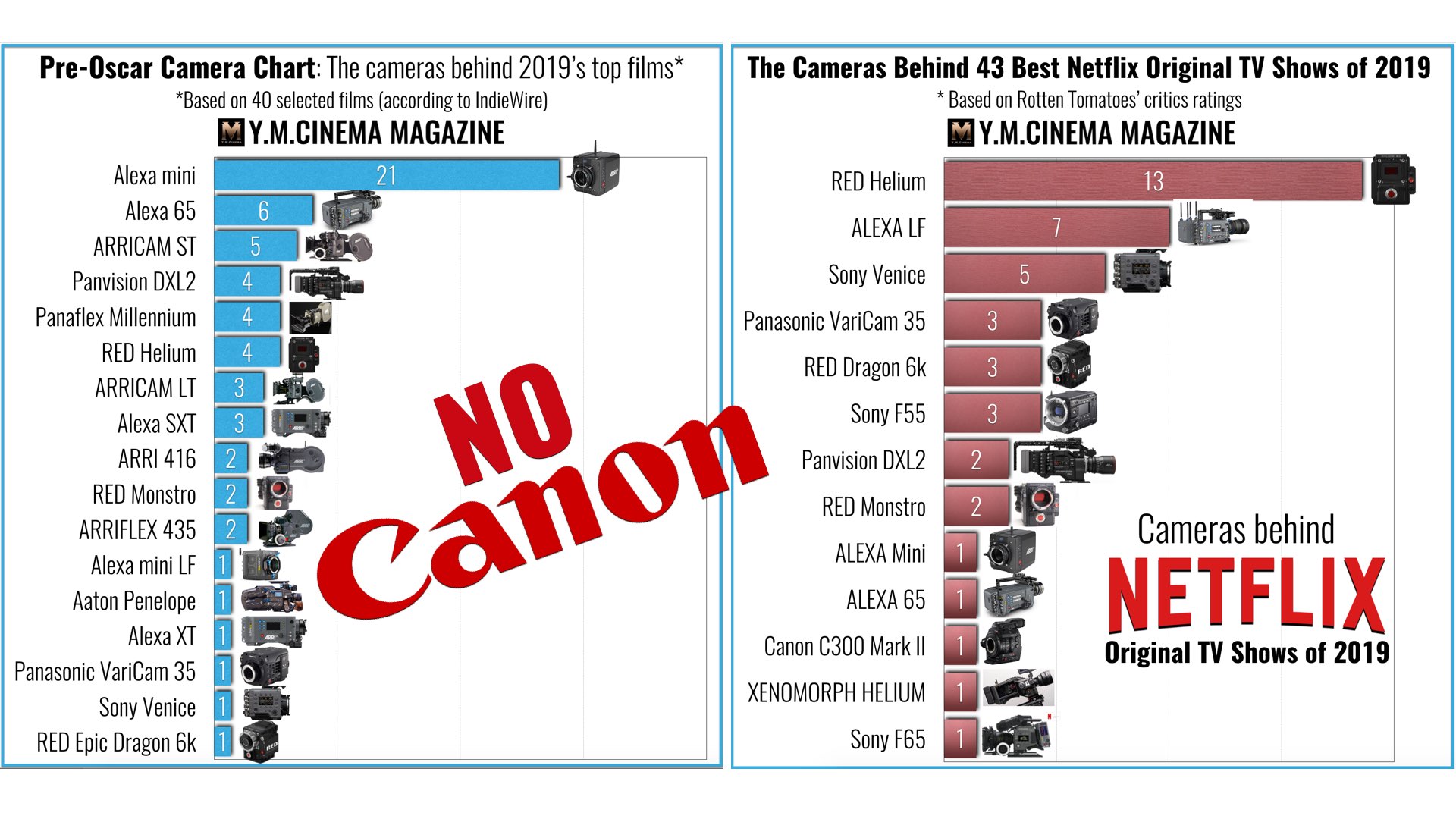
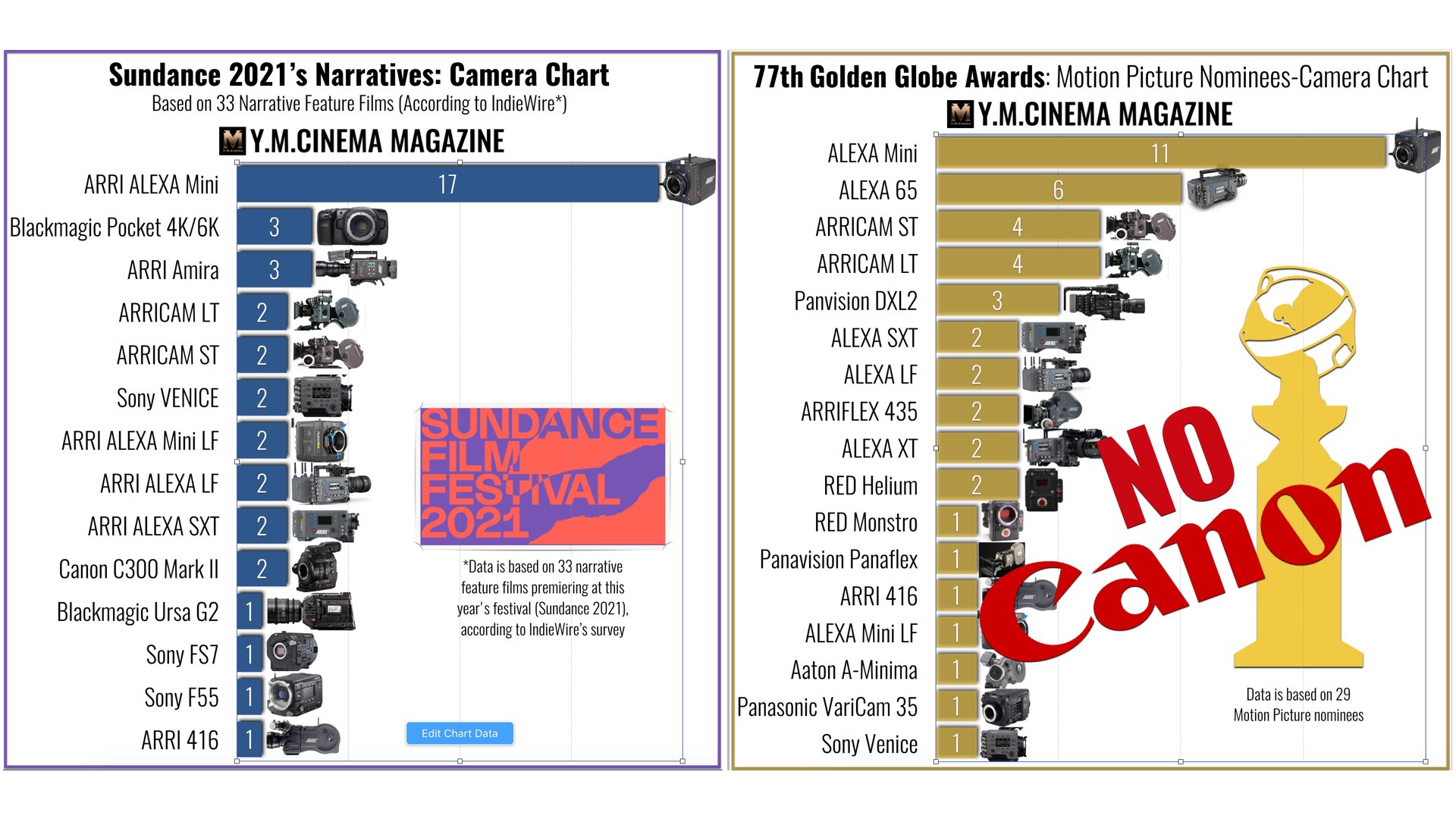

But here are the docu camera charts:
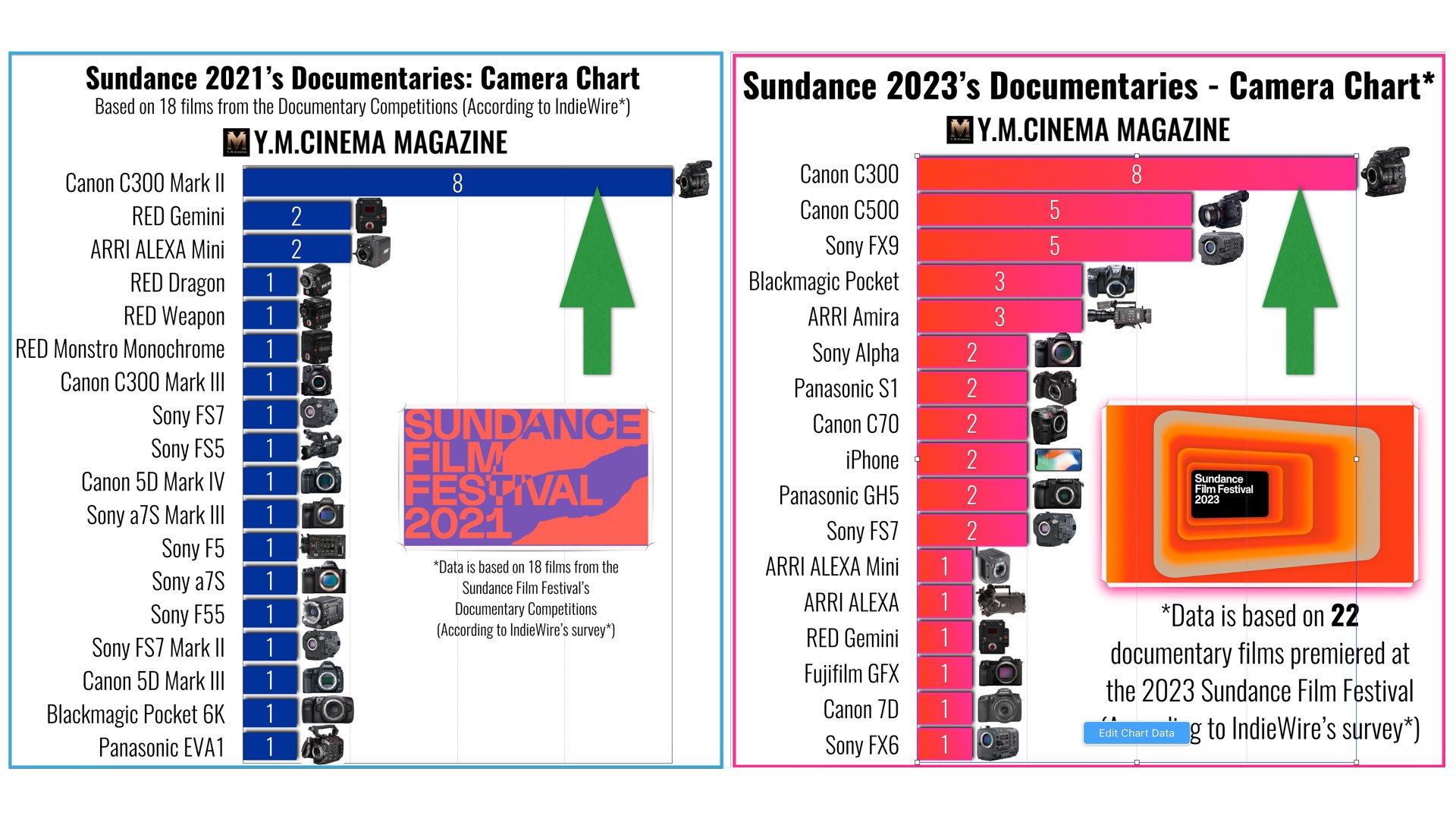
The C300 wins, but where is the C700?
As explained and demonstrated, it appears that the most dominant Canon Cinema EOS is the C300 Mark II. Indeed, that is a great camera. However, where’s the flagship (C700)? Actually, it appears only once — at the cameras that shot the Sundance 2019 selected narratives (the chart is not presented in this article, but you can read about it here). The C700 has an option of S35 and FF sensor and was designed to allow a logical alternative even to the mighty ARRI ALEXA. Indeed, the Cinema EOS C700 was developed for high-end productions. However, it failed to gain even minimal traction. There are rumors that Canon is working on the C700 Mark II model, which will offer a swappable sensor: From Super 35 5K global shutter to full frame 8K DGO. That is a very impressive capability. But we’ll have to wait and see if it goes real. And if it does, would DPs pick it up for their narrative projects? Would the C700 Mark II replace ALEXA? We are sure it can, but the question is what top-tier DP would think about it.

Canon needs a change
Someone at Canon needs to pivot the company’s strategy for penetrating the cinema market. Nowadays, filmmakers have multiple choices per price range. Although Canon will announce a new mirrorless flagship in 2024 (the R1), most probably it will be an upgraded version of the R3. Still not good enough for filmmakers who want a pure filmmaking tool for high-end productions. The forthcoming C700 Mark II (which hasn’t been confirmed yet) looks promising as explained, but so was the C700 which was not accepted very well. Maybe it’s related to the consensus that Canon’s cameras lack attractiveness and that their design is banal. Canon should build solid relationships with acclaimed DPs that will utilize Canon Cinema EOS in their high-end productions. One thing is for sure: Canon needs a change. Let us know your thoughts about this.
Watch the article:

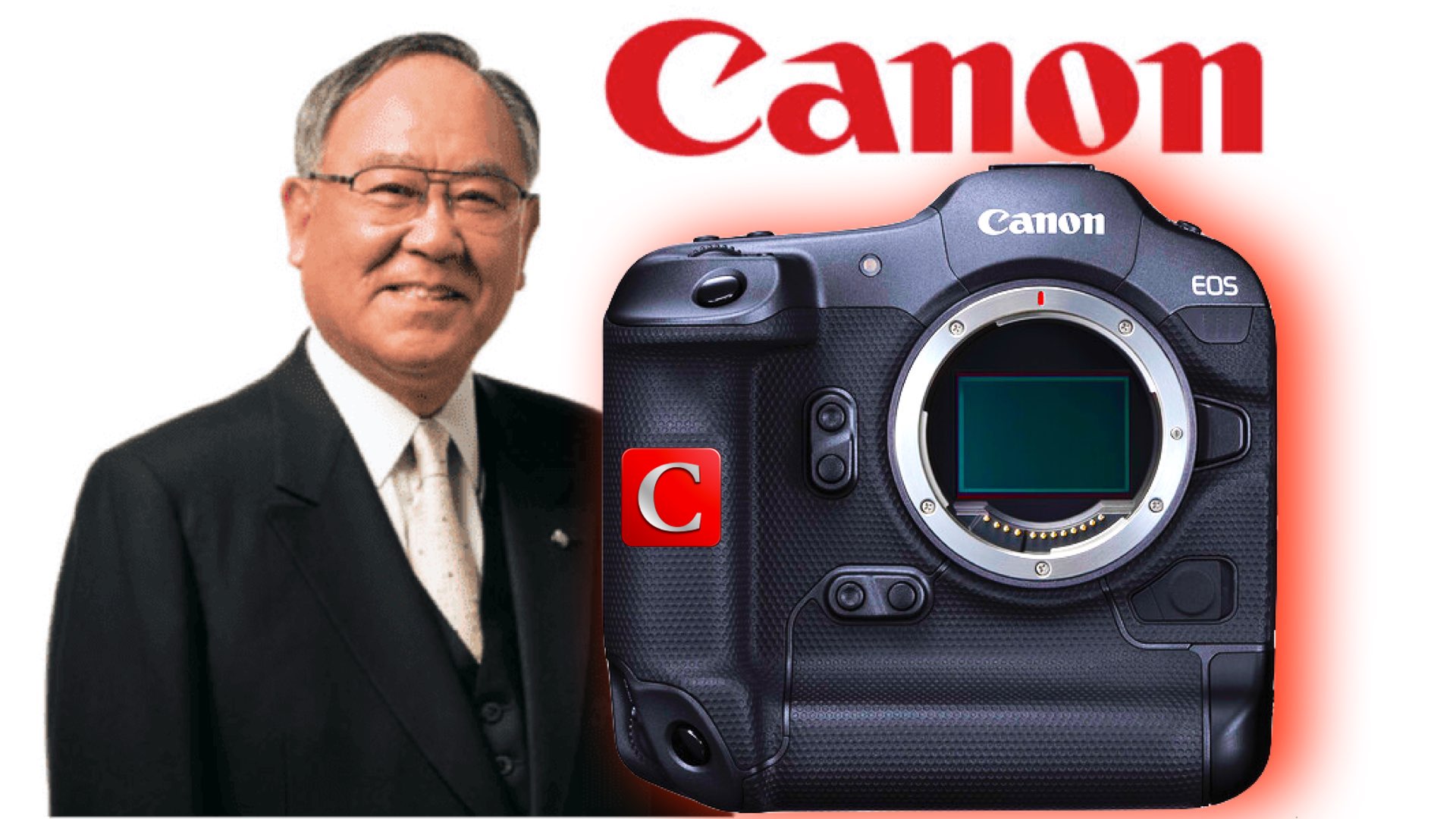


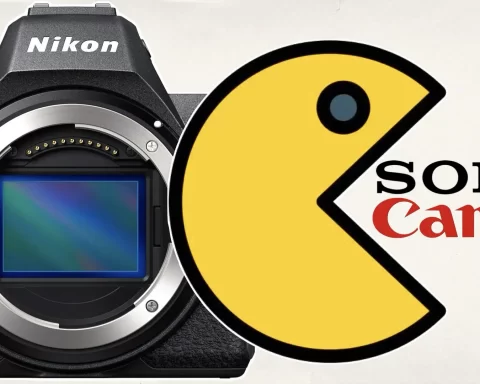

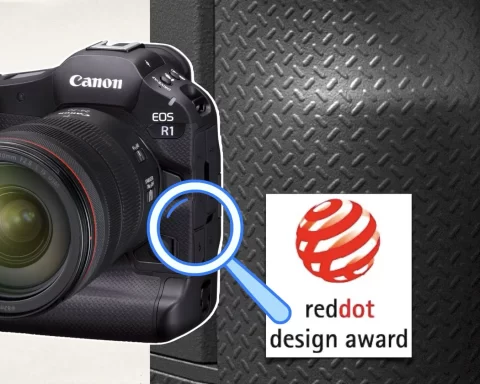
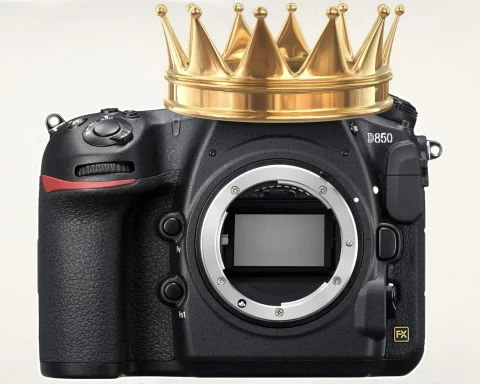


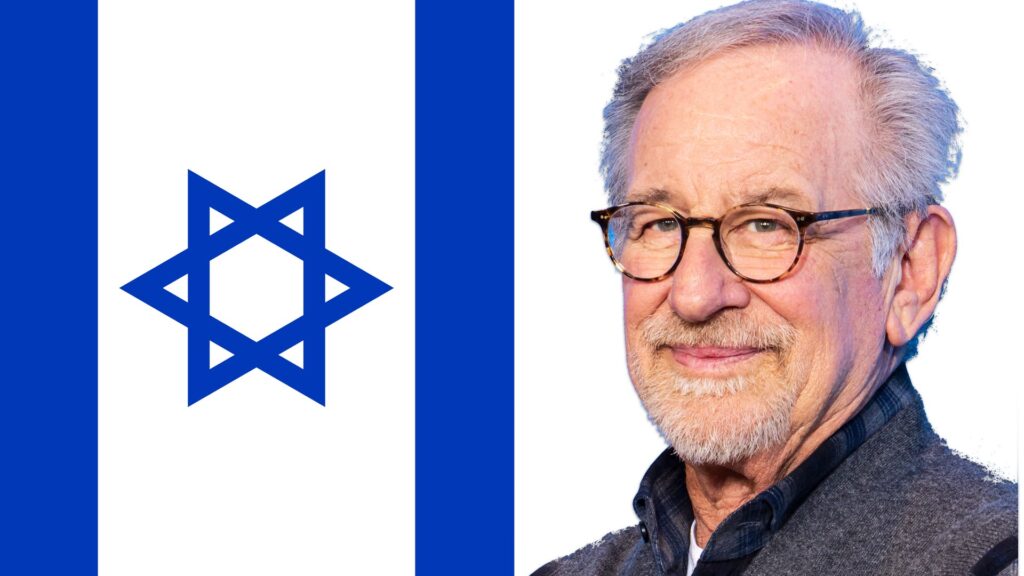

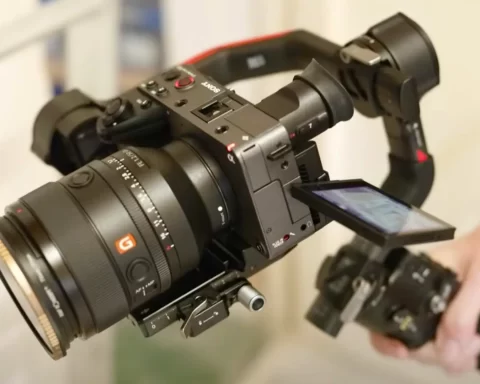
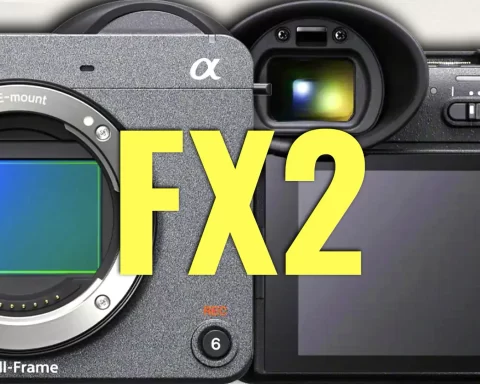
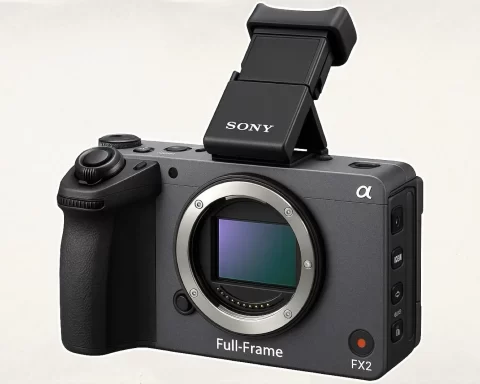
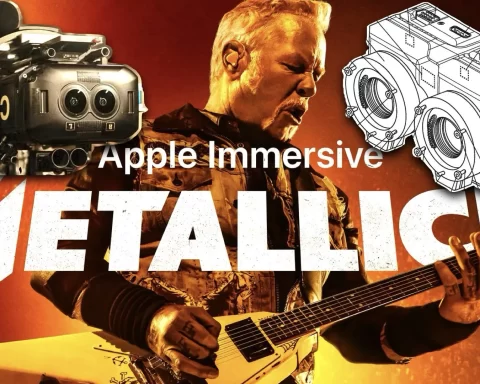
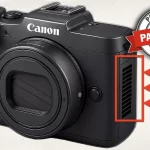
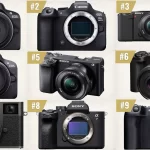
In the end, I think it’s a question of “systems” and image quality. Certainly, the C700 didn’t have a great form factor. Weight? Form? Ease of use? Why do DPs choose one camera over the other? Price? Accessories? Image? You should run a questionaire for all DPs asking why they wouldn’t choose a C500 MkII for their upscale productions? Given the results, there must be some very solid reasons NOT to choose a Canon on cinematic narratives.
My opinion is… The Canon look does not lend itself to imagining a fictional world. It’s the best look for doc and sports because it twists reality (aka unkempt/natural lighting) in the most pleasing way out of all the manufacturers. But Sony really scored with the FS7 making it cheap enough for every owner/operator to buy… all the while making it ideally shaped for shoulder work.
Perception is reality. Narrative Producers, Directors, DPs, Executives at that level think of Canon as a stills camera brand… still. The other brands didn’t have this preconceived notion and then had powerful filmmakers that pushed them to develop new camera systems. Sony had the luxury of busting through the glass ceiling when George Lucas adopted their early HD camera systems for final two SW Prequel trilogy movies. Following that James Cameron collaborated with them to develop the Venice system. Even RED had filmmakers like Steven Soderbergh and David Fincher early on adopting the technology and then giving them further feedback to push the tech. Canon would need an auteur to come in and be willing to exclusively use their high end cinema cameras in order to end the misconception.
It would probably help if Canon would introduce different looks produced by their sensor, like the Alexa 35. The regular Canon look is too pleasing for some people. I own a C70 and take advantage of that pleasing look for documentaries, but since I shoot LOG, I can also change it if I want.
Canon needs to work on its ‘cool factor’. The cameras themselves are outstanding – it is only a marketing thing.
The C700 spec-wise was a monster upon it’s release, but it’s main problem is likely being a modular lunker in a post-lunker era, not unlike the SONY FS700. The C500 MKII seems to have improved on this but seems to have been forgotten. The Canon “look” was considered cinematic before RAW became available to the mass market, so I don’t think it’s color science is a limiting factor.
Actually no one in narrative world ever thought that canon look is “cinematic”. In fact, there’s no such thing as “cinematic” anything – the image consists of casting, blocking, art direction, screenplay, acting, lighting, camera placement, lens choice etc etc etc which in the end can be called taste, or lack of taste. Speaking of Canon – the blues and skintones are just extremely bad and unnatural, overall their color science is resembling a 90s TV era – when every TV manufacturer was blowing up the color saturation in a really extreme manner. There’s too much juice added in reds, and all blue hues are then being overly saturated and shifted towards aqua. Even a dull sky in any of Canon color profiles is looking like you’re on a beach somewhere amid Maldives. The first really good sensor was in the C300mk III and c70, when all of the previous were lacking in DR compared to what was on the market. Clearly the C300 was aimed at TV market (and they’ve succeeded there blocking lots of shows like Top Gear for quite a while), the form factor, the batteries used – everything screamed TV. C500 was a weird spin-off, while the c700 was promising, but was too bulky overall and was released when everyone was prone to use smaller box-style cams. Codec is another trouble, and was widely lacking support when the c700 was released. All of this combined was raising too many red flags for any production, while pretty much everything in this camera was a bit of a lowball compared to other available systems on the market, thus not gaining enough traction.
Their Camera body designs is ugly and not user friendly for cinema crews. Forget the colours, what canon need is to sack all their designers and start afresh.
Good point. The whole Cinema line needs to cater to crew-based shooting. They are good for single shooters – but they are not even good for shoulder-based shooting. A re-design is necessary.
Any camera will have a narrative look when it gets the best lighting tailored to it, a popular script, sound, celebrity actors, and marketing (let’s be honest). That’s what every other cinema brand gets.
Canon has cameras with better functionality than the Sony Fx3, and that thing was used on an IMAX movie. If Canon cinema cameras were used on Netflix tv shows like Stranger Things, it would have the same perception as the more popular brands.
I think it’s a perception thing. If someone can use their camera on a studio movie or network TV show that has all the qualities mentioned above, it will get more of a perception as a legitimate studio camera.
I’ve worked with the majority of the cameras listed and IMO the Canon C500 MKii being equipped with all the best features Canon Cinema Cams have to offer besides [c70 DGO Sensor and c700 Internal Pro Res] it’s by far the best camera they’ve ever made. I’ve purchased the camera in 2020 for $16K and the FX9 being released for $11K with similar features didn’t help sales which motivated the shift in my IMO but when comparing it the Monstro & LF price I understood the pricing as it competes very well. CANON is now Capable of 8K Resolution, Internal Raw, 16+ stop of Dynamic Range so what’s on the horizon is very Promising!!! The popularity of Sony is understandable when you think of branding, low light Niche dominance “12,800” 2nd base iso and pricing. ARRI and RED are truly the standards but anyone situation where light is limited Sony is going to be considered but they may soon change
Canon C500 MKii Example: https://vimeo.com/862175319/bbf4bdf81e?share=copy
Here in Italy, the “Diabolik” trilogy (based on the cult comic book) was entirely shot on Canon Cinema EOS cameras. The first movie was shot with two C700FFs (along with a C300MKII) and Sumire primes, while the other two were shot with the Canon C300MKIII. Before I became aware of this bit of trivia, I could’ve sworn that the first movie was shot with an Arri Alexa. But the “Diabolik” movies are an oddity for the Italian industry, so it makes sense for them to not have been shot on more conventional brands. I’ve been using Canon Cinema EOS cameras for advertising\music video\narrative projects since 2013 and I still like the results. I reckon the main reason why these cameras lack significant credits is because people still perceive them as videomaking\documentary\TV magazine products, an image Canon itself seems pretty content with.